Parasites can be found in almost any organism.In most people, they only cause disgust and fear, which is not surprising, because sometimes these babies cause terrible illness.We attract your attention 25 of the most terrible and dangerous parasites
Parasites in nature are very common.There are parasites, parasite insects, parasite worms, parasites, etc.Many of them, even some parasites have their own stuff – in a variety of senses, are probably the most bloodthirsty.Malaria parasites are parasitic in malaria mosquitoes (and in turn, temporary parasites for warm animals and humans).Every year, this single-celled creature discovers one-third of the billion-dollar new victims and kills more than one million.
Sakkulina
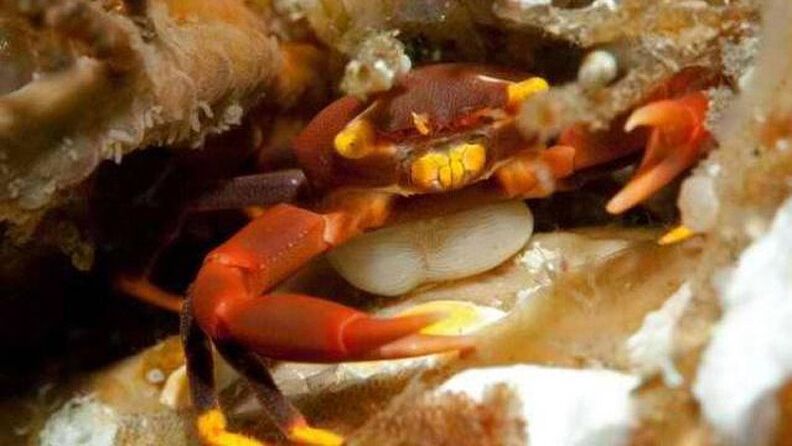
This cationic crustacean is parasitic on crabs.He actually sprouted from his master's entire body and sucked the nutrient juice from him.The crabs gradually weaken and even lose their ability to regenerate.When this breeding parasite, it sends special chemicals into the crab's blood, and under the influence of the crab's female, it begins to take care of its own parasite eggs.The parasite-affected crab wizard refuses to mate and cares for the parasite eggs in the same way as the females under the influence of chemical doses.
Cordyceps is a
This tropical fungus parasitizes on ants.He is also known for being able to control the behavior of his owners.When the fungus reproduces, it gives an ant chemistry team, who succumbs to climb up the upper leaves of the plant and keeps it still, allowing the mushroom to sprout completely through his body, opening the hat and releasing the dispute into the air.
Anizakids
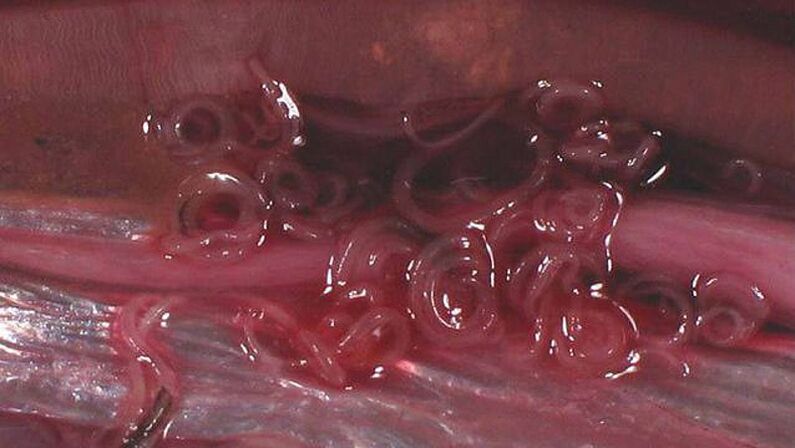
One person risked the infection of these worms and ate a poorly-handled sea fish, shrimp, squid or octopus.Infection of Anizakidosis, a slightly salty herring, was recorded in the Netherlands in 1955.If you cut the fish, you will see its muscle tissue on the caviar or milk "some spirals" that will ruthlessly throw away the delicious dishes anyway, or freeze the fish to -20 degrees and keep it that way for at least two weeks.With this treatment, the worms and their microscopic larvae will die.After that, it is safe to eat fish - however, it does not cause awareness of the "worm" appetite.
Volbach
These bacteria are intracellular parasites of many insects and worms.Spreading within the host, bacteria manage to "attach" their genes.For example, some fly-feeding genomes also contain almost complete copies of the Volbach genome.
Sand jump
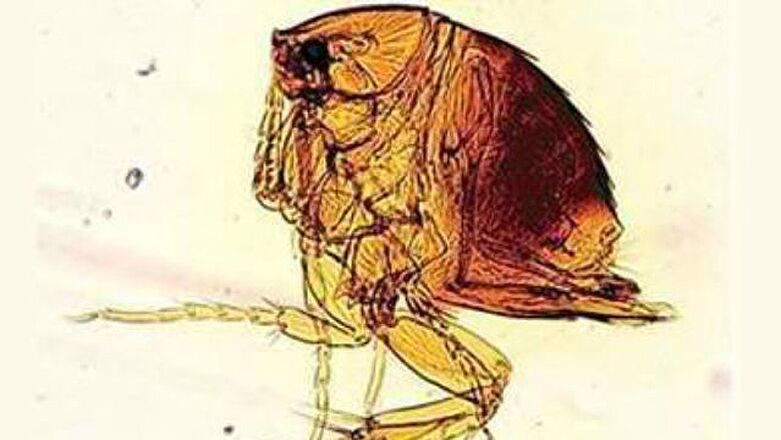
Sand jump is a very dangerous parasite that affects pets, rodents, monkeys and humans.Its distribution is a real problem for countries like Nigeria, Todgo and even Brazil.In dysfunctional areas, the number of people suffering from this parasite can reach 70%.Sandy fleas prefer sandy fleas for some reason.When humans are infected with these parasites, microscopic fleas are introduced into the skin of the legs or under the nails of their fingernails.In just 5-6 days after the introduction, the female abdomen was stuffed with eggs and grew to the size of a pea, causing painful pain to the owner.When the eggs are ripe, the woman "shoots" them into the environment, after which she crawls out of the wound, but more often she dies directly in the human body.
OSA Hymenoepimecis Argyraphaga
OSA mainly parasitizes on spiders.Temporarily paralyzed the victim, washed and fixed the eggs on the chest.Soon, the spider will bring his senses and continue his life.The developing larvae gradually sucks out the juice, and before the compound it injects a special chemical into the spider, under this influence, it is not a traditional network, but rather builds a special cocoon that the larvae converts into adult concrete.
Vandelia Kandira
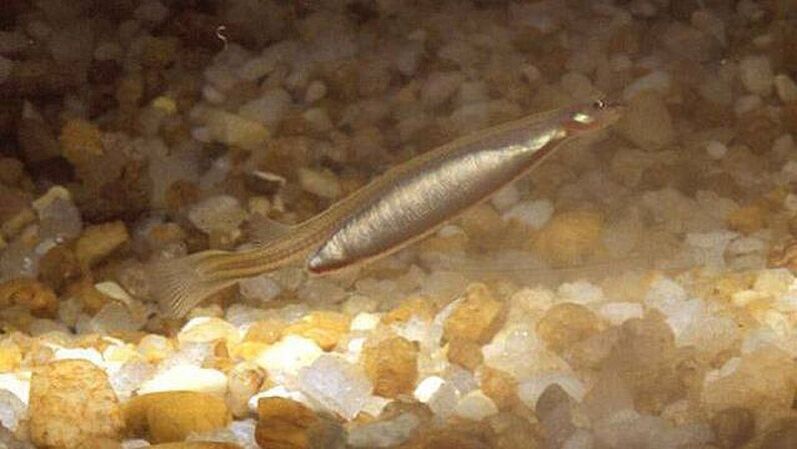
In fact, this small translucent fish parasitizes in the g of other fish in the Amazon.But in search of victims, Kandira focuses on the scent of ammonia, which is contained in water that has passed through g.This makes her extremely dangerous to a person.If a person is in water and then learns chemical signals, candida is gently introduced into the anus or into a person's urethra, sometimes even to the bladder.Kandira inevitably dies after she penetrates her body, but the damage she manages to exert is simply horrible, and only a good surgeon can extract the body covered with tenacious nails.
Trichomonade
Trichomonas is a single-cell flagellar microorganism.Some types of caterpillars are totally safe, but there are real killers.In birds, these parasites cause severe inflammation in the mouth and throat, so the bird cannot swallow and eventually dies.Another type of trichomonas (vaginal trichomonas) is parasitic in a person's genital organs and causes severe monotosis, which is now the most common disease in the genital tract on Earth.Medical statistics show that almost every inhabitant of every planet suffers from the disease.
Leishmania
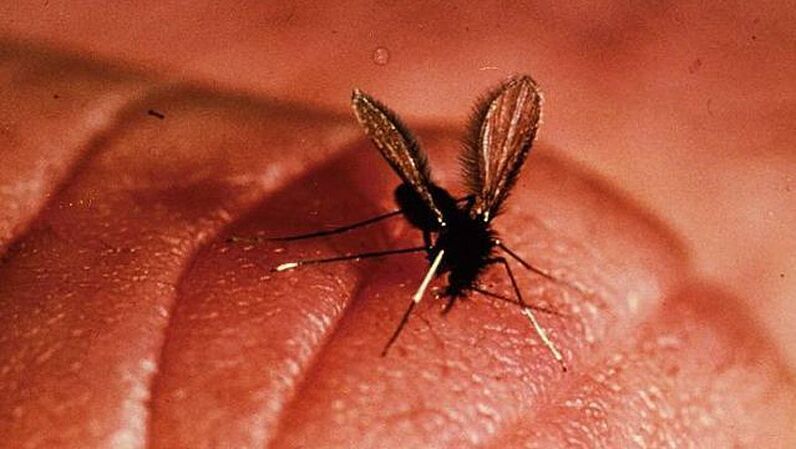
This is the simplest organism to produce a serious disease called Leishmaniasis.For example, skin diseases of the skin manifest themselves in the form of painful abscesses, causing Leishmania, first parasitizing on mosquitoes and flies, and then on warm animals, including humans.First, parasites reproduce in the digestive tract of insects that are completely blocked in the blood.The insect bites people, first hits a piece of parasite, and then sucks blood.Leishmaniasis is very common in tropical countries, with approximately 2 million new cases of disease recorded in the world each year.
Mokritsa, cymothooa exugua
Fortunately, for one person, this crustacean is completely safe.Mokritsa attached to the fish's tongue and sucked blood from it first.When fish words die, the well-fixed parasite itself begins to play the role of a strange prosthesis of the tongue, eating blood and mucus, but not causing it to be particularly damaged.
Tripanosoma
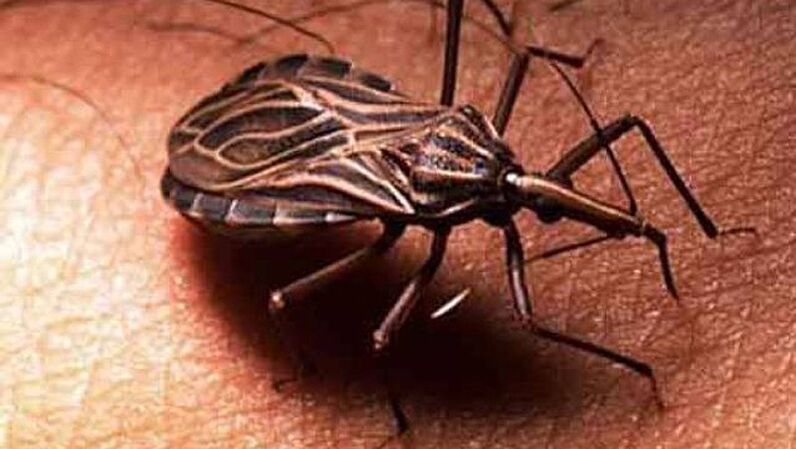
A very dangerous single-celled organism parasitizes insects and warm animals.Therefore, Triangleworm is a carrier of Trypanosoma Crucifera, which causes disease in a person.The disease can affect the entire body and quickly lead to death.
Toxoplasma gonzo
The simplest microorganism that causes serious illness is toxoplasmosis.The main owner of the parasite is cats, people and other warm behaviors, playing the middle host.Usually toxoplasmosis is prone to occur and is disguised as a common cold.But as immunity decreases, the disease can lead to crazy, convulsions, paralysis and other lesions in the nervous system.Toxoplasmosis in pregnant women is particularly dangerous because he will die before the child is born.
Cochliomyia Hominivorax Meat Fly
The female of this fly lives in the United States and unconsciously fixes the eggs into the warm animals.The larvae that emerges from the eggs are introduced under the skin and are ghnawed on the victim's body.Those flies that lay eggs in the eyes and nose are particularly dangerous.In this case, larvae that devour the owner's flesh can cause blindness and even reach the brain.In some cases, doctors extracted more than 150 larvae from the nasopharynx of people affected by this parasite.
hairy
A very ancient water worm whose larvae parasitizes on several types of insects - dragonflies, lifts, beetles, etc.The adult worm drills the homeowner's body and returns to the reservoir where it breeds.
Filaria
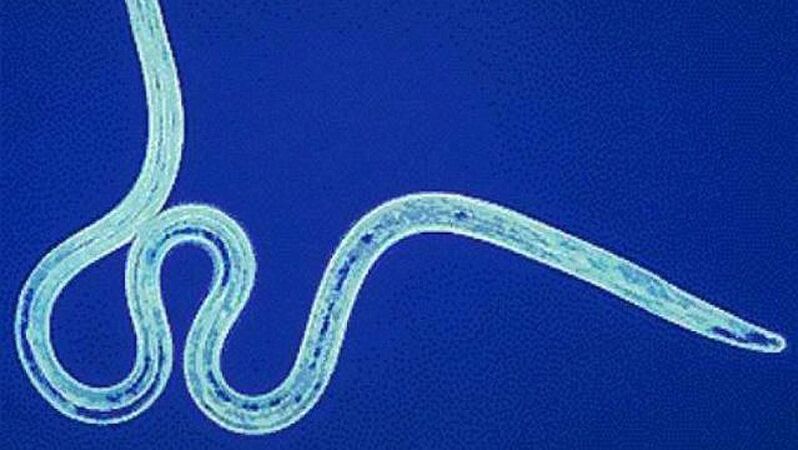
In public, nearly 10 different Philius are parasitic.These very thin worms (with a diameter of no more than 0.3 mm) are nearly half a meter in length.The filamentous distributor is a blood-sucking insect.In the human body, worms can live almost anywhere.When they block the lymphatic system, ivory develops, and if they accumulate in the eyes, a person becomes blind.
loa loa
Thin round worm LOA LOA belongs to the Eagles and is very common in West and Central Africa.Parasite transmission of blind people and other bloody insects.Adult worms live under the skin.Female immediately produces living larvae that accumulate on light and peripheral blood vessels, leading to various tumors and inflammatory responses.Worms constantly migrate through the body, which can lead to blindness if they fall into the eyes.
Perfusion
Perfusion of Clostridium bacteria can cause severe food poisoning and is also the cause of rapidly developing gas gangrene, where the tissues affected by the bacteria actually dissolve and secrete odor bubbles.
Schistosoma
First, the larvae of this worm develops in freshwater molluscs, then enters the water and attacks the mammals, and is introduced under the skin.Blood clots are spread throughout the body and are particularly dangerous when they accumulate in the bladder and genitals.Shistosomatoz is difficult, has many heterogeneous symptoms and causes great pain.The parasite is common in Africa, China, the Philippines and Indonesia.
River blind
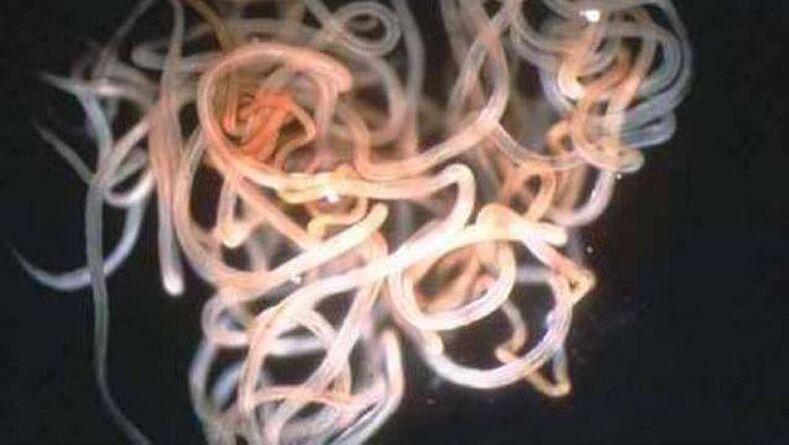
River blindness or cerebral cerebral disorders are caused by Ontchocercerca volvulus Filaria.The carrier of these parasites is Simulium damnosum, which is extensive along river banks in West and Central Africa.The worms of this species and its larvae affect the eyes in particular, thus losing sight completely.
Meningococci
Neisseria bacteria parasitize in the nasopharynx of many people.Unfortunately, they can not only cause severe runny nose, but also cause the shell inflammation of the cerebral meningitis.
Flytseces
African flies are themselves a temporary parasite of blood.But with a bite, it often infects its victims with dangerous parasites, the type of disease that causes fatal drowsiness.
Guinea worms
Worms are common in Africa, India and the Arabian Peninsula.Microscopic larvae live in freshwater and are introduced under the skin when it is necessary to attack animals and humans.Adult worms can reach 2 mm in thickness and 1 m in length.After mating, the male dies, the female enters the subcutaneous layer, drills the skin, and when a person is in the water, they are released through the holes of the larvae.
Plasmodium
Parasitic single-celled organisms, some of which cause malaria.
Negleria Fowler
This amoeba lives in fresh reservoirs with a temperature of 25-30 degrees.A person is infected during a bath.Damage to these parasites can lead to fatal meningitis.Sometimes, even poorly chlorinated pools become the source of infection.This is rare, but every time they cause real panic, as visitors to the pool, resort spa and bathroom are victims.
Leukochloridia is contradictory
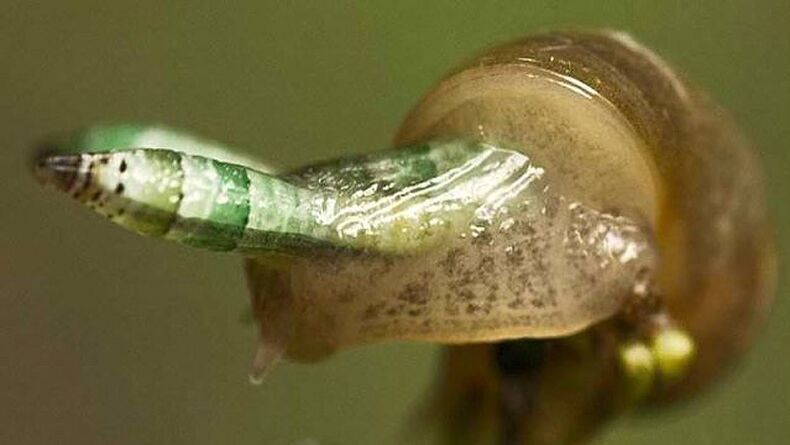
leucochloridium paradoxum is a flat worm parasite for snails and birds.Snails are the intermediate hosts of worms.The larva develops through the snail's body and when one of its growth (called spore cells) reaches the snail's tentacles, it changes in a very similar way to the green caterpillar.To make the disguise more convincing, the larvae constantly pull out and grow, mimicking the movements of the caterpillar.All of this started to attract the bird's attention and force it to steal the "caterpillar".In the body of an infected bird, the worms grow into sexual shapes and lay eggs, which fall to the ground along with the bird's garbage and repeat the development cycle.The special "paradox" of this parasite is that snails usually lose their tentacles and do not die, but grow a new snail.Then, the larvae in her body formed a new sporangia and lured the birds again.






































